The Best Of Billie Holiday: 20 Timeless Performances
The jazz chanteuse’s finest moments on record express what it is to be human.
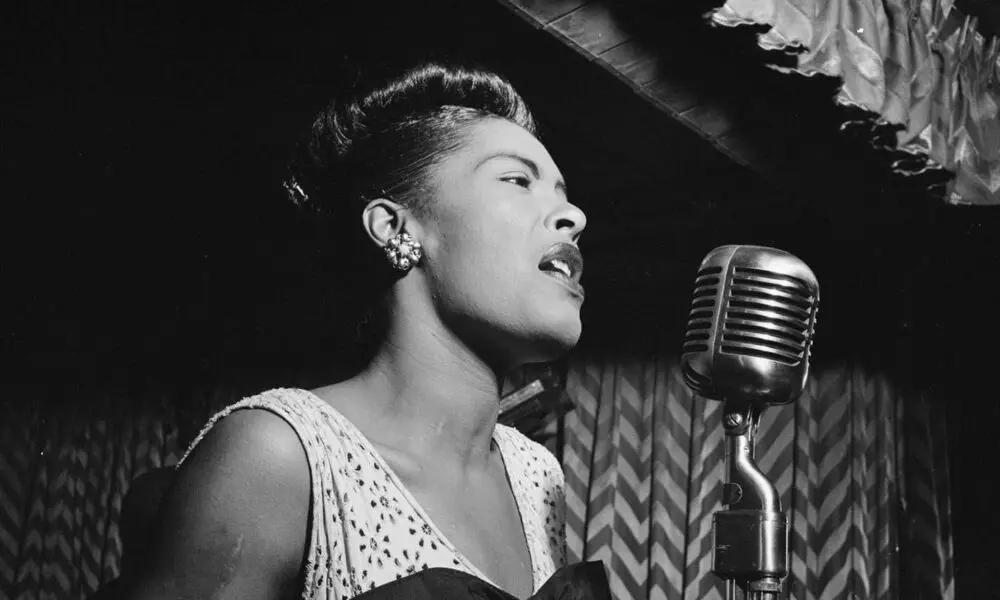
For Billie Holiday, feeling was everything. If she couldn’t feel a song, she couldn’t sing it. She was an intuitive vocalist who lived every lyric. She owned every song she sang, investing each performance with a raw emotional authenticity that expressed the fragility of life.
The singer whom jazz saxophonist Lester Young dubbed “Lady Day” cast a spell over many musicians. Her chief cheerleader, Frank Sinatra, gushingly described Holiday as “the greatest single musical influence on me.” Another major voice of the 20th century, Tony Bennett, hailed Holiday as “the Goddess of Style,” and declared “she changed music forever.” Others touched by Holiday’s influence include Amy Winehouse and Erykah Badu. Joni Mitchell, whose music gravitated towards jazz in the 70s, was a fan too: “No one I know could express hurt and loss with such a good-hearted tone,” she said, explaining her enthusiasm for Holiday. “Not a trace of self-pity or melodrama in it.”
Buy Billie Holiday’s music on vinyl now.
To celebrate Billie Holiday’s artistry, we’ve selected 20 timeless performances – some well-known, others less so – that capture her at her finest. From songs about romantic betrayal to somber protest numbers and ruminations on life and love, Holiday’s bittersweet tone, languid phrasing, and conversational delivery brings into being stories and emotions anyone can relate to.
The formative years
Born Eleanora Fagan in Philadelphia in 1915, and raised in Baltimore, Holiday endured a tough childhood. It was defined by parental absence, school truancy, and even an appearance in front of a juvenile court. After that, she endured a traumatic stint in Catholic Reform School before ending up living in a brothel where she ran errands and worked as a cleaner. Her only salvation was listening to music, particularly records by Louis Armstrong and Bessie Smith. At thirteen, Holiday moved to New York where she began to realize her dream of being a singer. Her earliest gigs were in Harlem night spots where she evolved into Billie Holiday: a stage name inspired by her favorite actress Billie Dove and her father Clarence Halliday, a musician in Fletcher Henderson’s band.
Holiday’s big break happened in 1933 when record producer John Hammond – a noted talent spotter who later discovered Bob Dylan, Aretha Franklin, and Bruce Springsteen – saw her perform. “Her singing almost changed my music tastes and my musical life,” Hammond later remembered, “because she was the first girl singer I’d come across who actually sang like an improvising jazz genius.”
Pick of the early hits
Hammond signed Holiday, then just eighteen, and put her in the studio with rising swing king, clarinetist, and bandleader Benny Goodman and his orchestra. Together, they cut “Riffin’ The Scotch,” a stomping uptempo number with a busy ragtime beat where Holiday’s voice was heard fleetingly, for 22 tantalizing seconds. Even so, it was an alluring cameo; and when the record hit No. 6 in the US pop chart, Hammond knew he had a budding star on his hands.
Holiday’s trajectory rose further when she joined forces with pianist Teddy Wilson’s band a few years later. Together, they topped the US charts with “Carelessly” in 1937, a mid-tempo number highlighting Holiday’s distinctively smoky tone and laidback, behind-the-beat phrasing.
The same year, Holiday helped popularize George Gershwin’s “Summertime,” a key song from the composer’s 1935 folk opera Porgy & Bess. The first artist to release the tune commercially, she saw it climb the US pop chart to No. 12.
A year later, another Holiday solo single, “I’m Gonna Lock My Heart (And Throw Away The Key),” a softly pulsing uptempo number featuring trumpeter Charlie Shavers and saxophonist Babe Russin, rose to No. 2 in the US pop charts.
In the 1940s, Holiday, whose star was firmly in the ascendant, regularly landed records in the US hit parade. “Trav’lin’ Light,” which became one of her signature numbers, topped the R&B chart in 1942; she recorded it alongside bandleader Paul Whiteman for Capitol Records under the pseudonym “Lady Day.” Three years later, she recorded the first version of the yearning ballad “Lover Man (Oh, Where Can You Be?)” backed by the lush strings of the Toots Camarata Orchestra. The record reached No. 5 in the US R&B chart.
Billie Holiday, accomplished songwriter
Between the 1930s and 50s, most pop songs came from the pens of professional composers and teams of Tin Pan Alley tunesmiths. Artists were generally discouraged from writing original material, leaving songwriting to the “experts.” Billie Holiday was an exception. Her ability to improvise around a song’s melody like an instrumentalist meant she was a natural composer. She wrote 20 songs in her short life, twelve of which she recorded. Her most famous original tune – which spawned over 500 cover versions – is “God Bless The Child,” which she wrote with Arthur Herzog Jr in 1941. She recorded it in the studio twice; first for Columbia in 1941 and then for Verve thirteen years later. Both versions are very different, emphasizing how she improvised with timing, rhythm, and melodic phrasing. They underline the fact that Holiday never duplicated a performance. “I can’t stand to sing the same song the same way two nights in succession,” she once said. “If you can, it ain’t music.”
“Lady Sings The Blues,” co-written with pianist Herbie Nichols, is another evergreen from the Holiday songbook. It was the title track of her 1956 album for Verve and also the title of her autobiography, published the same year. The telling lyric “She tells her side, nothing to hide” sums up Holiday’s emotional honesty, revealing her strength in expressing vulnerability.
A lament about loneliness, “Stormy Blues” is a simmering after-hours groove from 1954 featuring Harry “Sweets” Edison’s glinting muted trumpet. The track showed how the singer’s lifestyle, including heavy smoking, alcohol, and drugs, had begun to affect the timbre of her voice. But what she lost in tone, she gained in her depth of feeling and expression.
First recorded in 1939, “Fine And Mellow” reveals Holiday’s stylistic debt to blues singer Bessie Smith. It is a slow, mournful number about the heartbreak caused by a mean-spirited lover and contains the famous line, “Love makes you do things that you know is wrong.”
Another Holiday number that became a jazz standard is “Don’t Explain,” originally a Decca single from 1945. Co-written with Arthur Hertzog, the song is a heartwrenching ballad, which Holiday said was inspired when she spotted another woman’s lipstick on her first husband’s collar. The Toots Camarata Orchestra cushions Holiday’s soulful voice with a svelte backdrop.
Billie Holiday, the peerless balladeer
Nobody could sing a ballad like Billie Holiday. She poured her heart and soul into every note, making the songs seem like chapters plucked from the pages of her own life story. Married three times, she knew how fragile and volatile romantic relationships could be; and her experience of love’s ups and downs was reflected in the way she approached songs about affairs of the heart, which she often delivered with a resigned, world-weary air.
No list of Billie Holiday’s best songs would be complete without the inclusion of the lovely “Good Morning Heartache,” a tune that quickly became one of her signature numbers. She was the first artist to record the track, cutting it in 1946 for Decca. Later, in 1972, the tune was a pop hit for Motown star Diana Ross, who played Holiday in the biopic Lady Sings The Blues.
Much more somber is “Gloomy Sunday,” a Holiday single cut with pianist Teddy Wilson. A funereal number about the “black coach of sorrow,” the tune came from the pen of Hungarian composer Rezső Seress. Telling the story of someone who decides to take their own life after their lover dies, “Gloomy Sunday” communicates a sense of desperation that is brought alive by Holiday’s haunting performance. Interestingly, the BBC banned the song in the UK during World War II because it was deemed bad for morale.
Sorrow of a less dramatic kind is reflected in the warmly nostalgic “I’ll Be Seeing You,” a 1940 hit for Frank Sinatra that Holiday revived four years later. Her performance is mesmerizing because Holiday’s mixture of stoicism and longing perfectly encapsulates the song’s theme of loss and bereavement.
Ben Webster’s smoky tenor saxophone graces Holiday’s interpretation of Jimmy Van Heusen and Eddie DeLange’s “Darn That Dream,” first recorded by Benny Goodman in tandem with singer Mildred Bailey in 1939. The song is often associated with Chet Baker but Holiday’s version – punctuated by “Sweets” Edison’s glassy trumpet filigrees – is a remarkable expression of romantic reverie. It appeared on Holiday’s 1957 album, Body & Soul.
Edison’s trumpet dances around Holiday’s vocals on her treatment of Ann Ronell’s 1932 ballad “Willow Weep For Me,” which was previously a hit for bandleader Paul Whiteman. The track featured on Holiday’s 1956 LP Lady Sings The Blues, which also included “Strange Fruit,” arguably the most powerful song the singer recorded. Written by poet Abel Meeropol under the pseudonym Lewis Allen, the song presents a harrowing depiction of lynching.
Though her lifestyle eventually took its toll on her voice, Holiday’s penultimate album, 1958’s Lady In Satin, recorded with the Ray Ellis Orchestra, showed that even as her tone became more careworn, husky and fragile, her peerless artistry remained undimmed. One of the album’s highlights is the poignant “You’ve Changed,” in which Holiday vividly tells the story of a dying love affair.
Lady Day on stage
Having performed on stage since she was a teenager, Billie Holiday instinctively knew how to capture an audience’s attention with the sound of her voice. She only recorded two live albums during her lifetime, the first being 1954’s Jazz At The Philharmonic, recorded in Los Angeles in 1946, which opened with a softly sensual version of the jazz standard “Body & Soul” featuring trumpeter Buck Clayton.
In 1957, Verve Records released Ella Fitzgerald And Billie Holiday At Newport, a single album containing two separate concerts recorded at the Newport Jazz Festival. Holiday’s set included “What A Little Moonlight Can Do,” a propulsive swinger that showed how well the singer fared with faster tempi.
Recorded in 1956 but not released until two years after Holiday’s tragic death, The Essential Billie Holiday: Carnegie Hall Recorded Live contained her spellbinding reading of the Edward Heyman-Johny Green-penned jazz standard “I Cover The Waterfront,” a ballad she first cut in 1945. It’s a performance markedly different from her earlier version.
A courageous, groundbreaking artist who bared her soul without fear of judgment, Billie Holiday connected with people because she allowed them to glimpse something of themselves in the way her performances expressed the vagaries of the human condition. “She was just so real and very honest,” Tony Bennett told this writer in 2001, reflecting on Holiday, whom he knew. “I think that’s what her appeal is. When a performer arrives at being very honest, they last forever.”




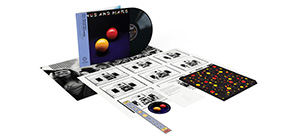

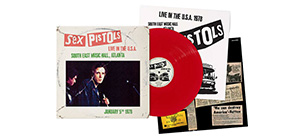
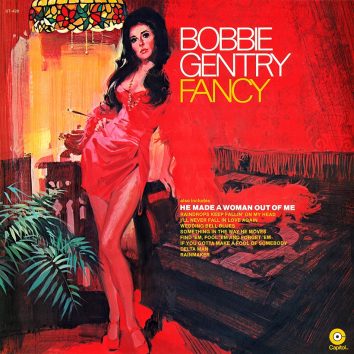
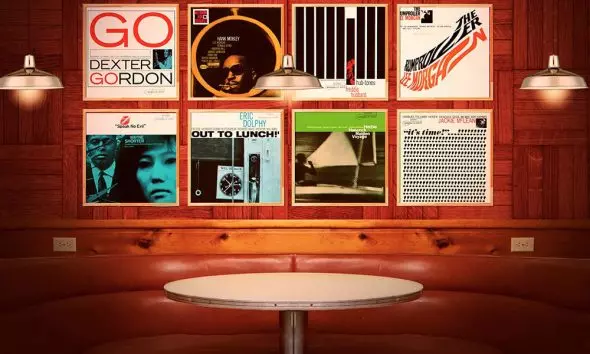
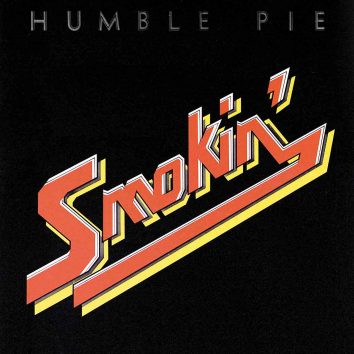

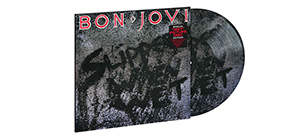

David Lane
March 28, 2015 at 10:00 pm
autumn in New York is my #1
Hugh McFadden
March 28, 2015 at 11:00 pm
Add the following, which are really marvellous tracks:
(1) ‘Back in Your Own Backyard’
(2) I Can’t Get Started With You’
Yvonne De Carlo
March 29, 2015 at 2:14 am
All Of Me.
Ferdinand Ouwehand
July 18, 2016 at 8:39 pm
Agree totally
tyson joughin
March 29, 2015 at 2:58 am
all of her music gets better with age and she has that right
Carlos Alberto Gomes de Castro
March 29, 2015 at 4:50 am
Beautiful site!
ray
March 29, 2015 at 1:20 pm
I always get goosebumps listening to her sing Ira Gershwins , Summertime.
Denis Robison
March 30, 2015 at 9:51 am
Got to agree with Hugh McFadden. “I can’t get started with you” with the Basie Orchestra and Lester Young must not be omitted from such a list!!
Stevie B
April 7, 2015 at 7:02 pm
Check out the soloists in this clip: https://youtu.be/sJQiqTZfakQ Happy 100th Birthday!
harold curran
June 17, 2015 at 8:41 pm
im a fool to want you
Ferdinand Ouwehand
July 18, 2016 at 8:39 pm
All of me
Graham Clarke
July 17, 2017 at 11:51 am
Great list, but………….. no “Good Morning Heartache”? You gotta be kidding!
Tana Willis Johnson
July 17, 2017 at 3:06 pm
Where oh where is “Fine and Mellow” – one of the greatest jazz recordings ever – written by Billie with the greatest lineup of musicians… criminal to leave it out!
Charles Jensen
July 17, 2017 at 5:21 pm
What a wonderful brief Biography… ” God Bless the Child. “
John
July 17, 2017 at 8:51 pm
You’re missing “All of Me”. You want the longer alternate take where Lester gets to stretch out. This is not a criticism, just an observation. Have a wonderful day!
Levinson
July 20, 2017 at 4:06 pm
A minha favorita, “For All We Know” não entrou.
Dave
July 20, 2017 at 8:26 pm
Don’t Explain, Stormy Weather, All of Me, I’m a Fool To Want You, When You’re Smiling…
Ana Teresa
July 25, 2017 at 6:03 pm
A minha favorita
OnnaPar
September 18, 2023 at 8:48 pm
Yesterday, Your Mother’s Son-in-Law, Pennies From Heaven, My Last Affair, If You Were Mine, It’s Like Reaching For The Moon. You Let Me Down. Back In Our Own Backyard.
Just to name a few of my favourite Billie renditions.